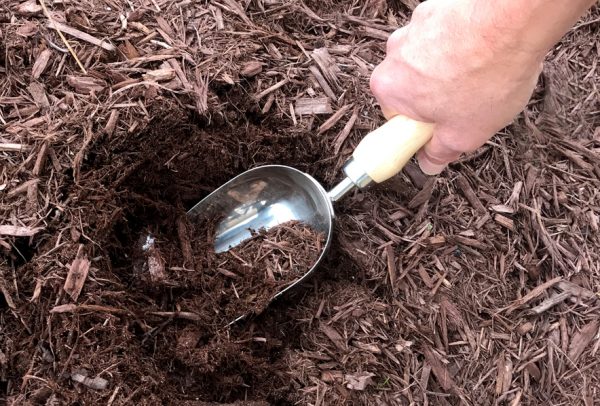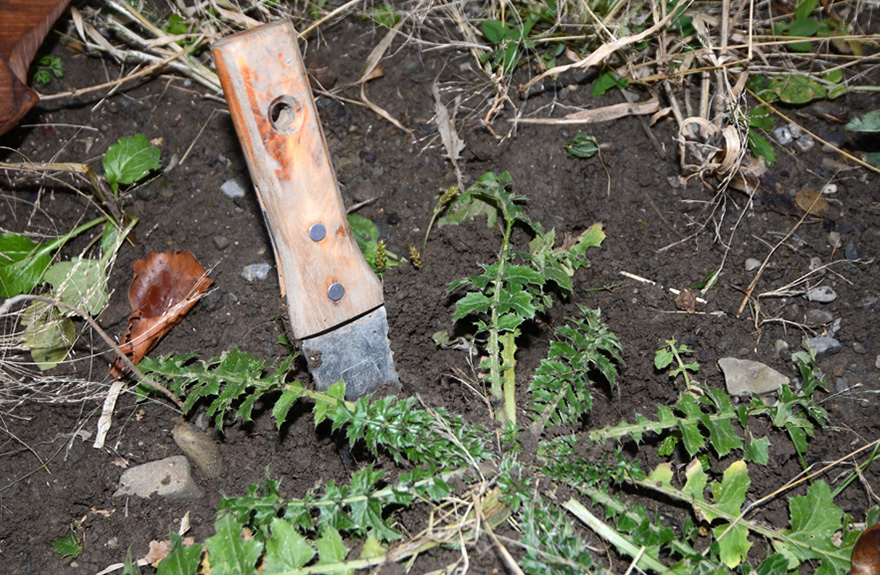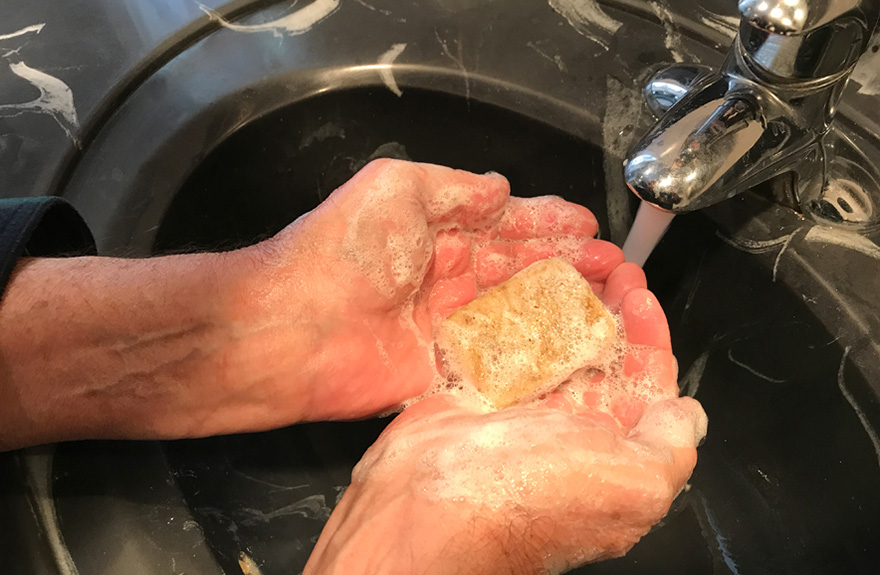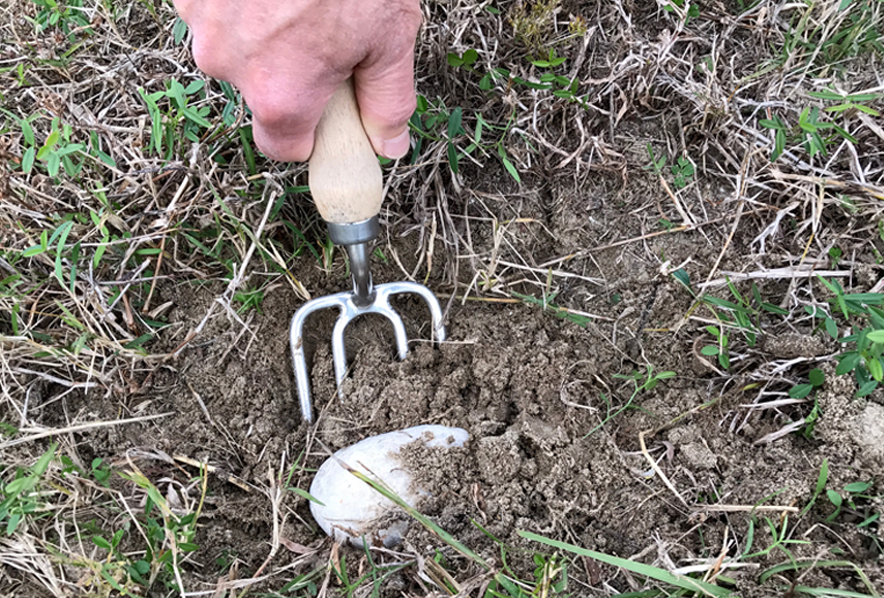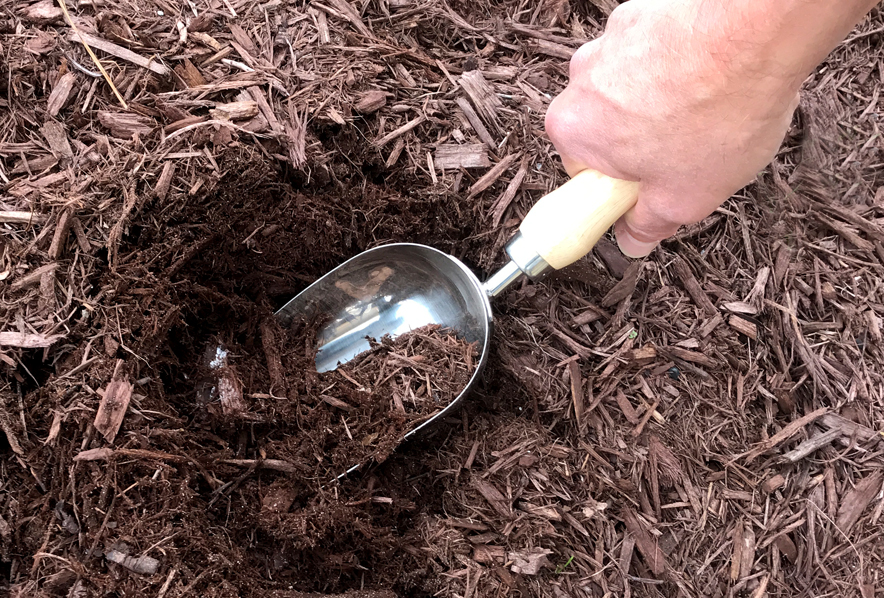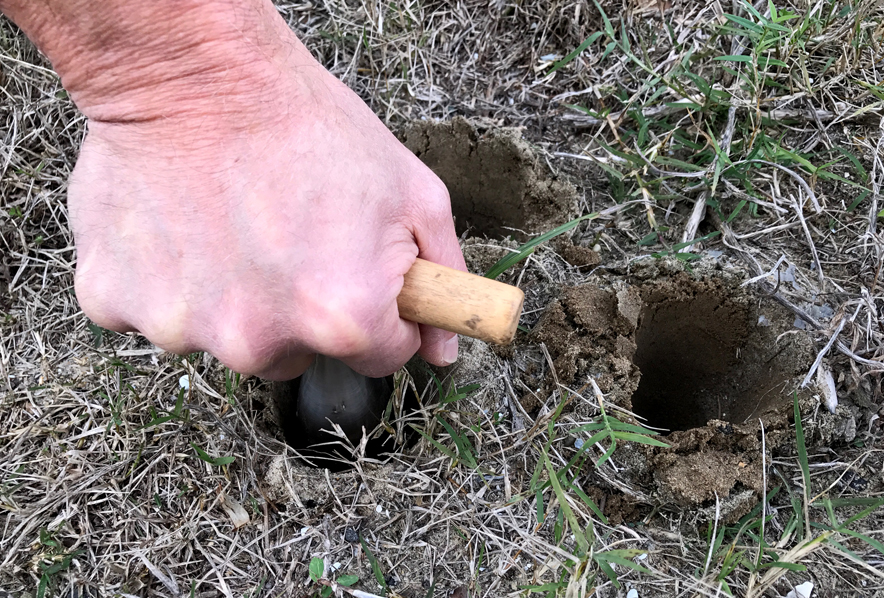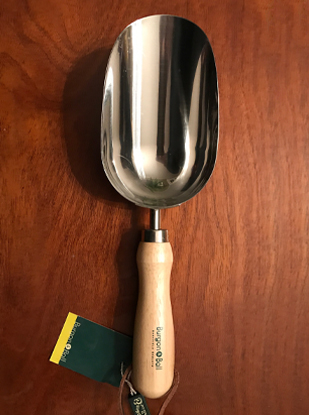
The Harvesting History Heirloom Compost Scoop
-
- **SOLD OUT** HOLIDAY GIFTS **SOLD OUT**
- **SOLD OUT** Holiday Books **SOLD OUT**
- **SOLD OUT** Holiday Citrus **SOLD OUT**
- **SOLD OUT** Holiday Gift Certificates **SOLD OUT**
- **SOLD OUT** Holiday Paperwhites **SOLD OUT**
- **SOLD OUT** Holiday Praying Mantis Kits **SOLD OUT**
- **SOLD OUT** Holiday Tools **SOLD OUT**
- **SOLD OUT** Holiday Wildflower Mixtures **SOLD OUT**
- Citrus Trees
- **SOLD OUT** - Vegetable and Herb Plants - Mix & Match any 6 Plants for $50 - Only Shipped in Quantities of 6
- Elephant Ear Plants & Roots
- **SOLD OUT** 4-Inch Pot Herb Plants **SOLD OUT**
- Rare Plants
- **SOLD OUT** Vining Plants **SOLD OUT**
- Asian Seeds
- Beneficial Bugs
- Books
- Citrus Fertilizers
- Cold-Treated Bulbs - SEE BULBS FOR FALL PLANTING TO ORDER
- Cold-Treated Allium
- Cold-Treated Chionodoxa
- Cold-Treated Crocus
- Cold-Treated Hyacinthoides
- Cold-Treated Hyacinthus Orientalis
- Cold-Treated Narcissus
- Cold-Treated Cyclamineus Narcissus
- Cold-Treated Double Heirloom Narcissus
- Cold-Treated Jonquilla Narcissus
- Cold-Treated Large Cupped Narcissus
- Cold-Treated Poeticus Narcissus
- Cold-Treated Small Cupped Narcissus
- Cold-Treated Species Miniature Narcissus
- Cold-Treated Split Cupped Narcissus
- Cold-Treated Tazetta Narcissus
- Cold-Treated Triandus Narcissus
- Cold-Treated Trumpet Daffodils
- Cold-Treated Ornithogalum
- Cold-Treated Rock Garden Iris
- Cold-Treated Scilla
- Cold-Treated Tulips
- Cold-Treated Emperor Tulips
- Cold-Treated Fringed Tulips
- Cold-Treated Green or Viridiflora Tulips
- Cold-Treated Lily Flowering Tulips
- Cold-Treated Parrot Tulips
- Cold-Treated Peony Flowering Tulips
- Cold-Treated Single Early Tulips
- Cold-Treated Single Late Tulips
- Cold-Treated Species Tulips
- Cold-Treated Triumph Tulips
- Flower Bulbs, Corms and Tubers
- Bulbs for Spring Planting
- Bulbs for Fall Planting - ALL BULBS AVAILABLE ARE COLD TREATED FOR PLANTING AS SOON AS SOIL CAN BE WORKED
- Fall Blooming Bulbs
- Garden Tools & Equipment
- Gift Certificates
- HHH Exclusive Wildflower Mixtures
- Wildflower Mixtures
- Heirloom Garlic
- Potatoes
- Roots & Sets
- Seeds
- Flowers
- Herbs
- Vegetables
- **SOLD OUT** HOLIDAY GIFTS **SOLD OUT**
-
- No products to compare
-
20 in stock
Quick Overview
The Harvesting History Heirloom Compost Scoop
Inspired by hand shovels, grain scoops and trowels, the stainless steel compost scoop has been designed to lift composted soil, peat moss, fertilizers, etc. and distribute them over the garden. The tool should not be used for digging, but adeptly handles hard packed peat moss and dense compost and can be used for mixing soil components in a bucket.
The Scoop part of the tool is 6 inches long, 3 ½ inches wide and 1 ½ inches deep tapering to 1 inch. The metal scoop fits sturdily into a 5 ½ inch long hardwood handle sculpted to fit snugly and comfortably into a hand. The entire tool is approximately 12 inches long.

The Harvesting History Heirloom Compost Scoop
The Compost Scoop belongs to the family of shovels. It is a kind of hand shovel, but like all scoops it is not designed to handle heavy digging. The growth of civilization paralleled the evolution of both the shovel and the spade. The Chinese had a bronze spade – closely resembling the modern spade in shape – as early as 1100 B.C. However, it was the Romans who set the pattern for every spade and shovel that we use today.
The Romans were the first people of Western culture to study and defend the soil. They were also the first to insist upon attaching a garden to each private house. The great Roman garden writers – Cato, Varro, Virgil, Columella – defined husbandry as an art.
When Rome fell, the technology of the forge – the critical technology for heating iron to its malleable point – went into a decline. As a result the secrets of saw and shovel making were lost for nearly 500 years. During this time, inherited tools became as precious as jewels.
As the cities of Europe rose, the garden came to symbolize the intimacy with and the right relationship to Nature. Garden tools kept their design but improved in construction. The scoops never competed with their relatives – other shovels. Instead their purpose became specifically to move soil, seed, grain, etc around or from place to place.
When the industrial revolution brought high-temperature processes by which steel and other alloys could be created, tools began to be made much finer, lighter and more durable than any yet seen.
The Harvesting History Compost Scoop is a fine example of the technology developed in the 1700s and 1800s.

